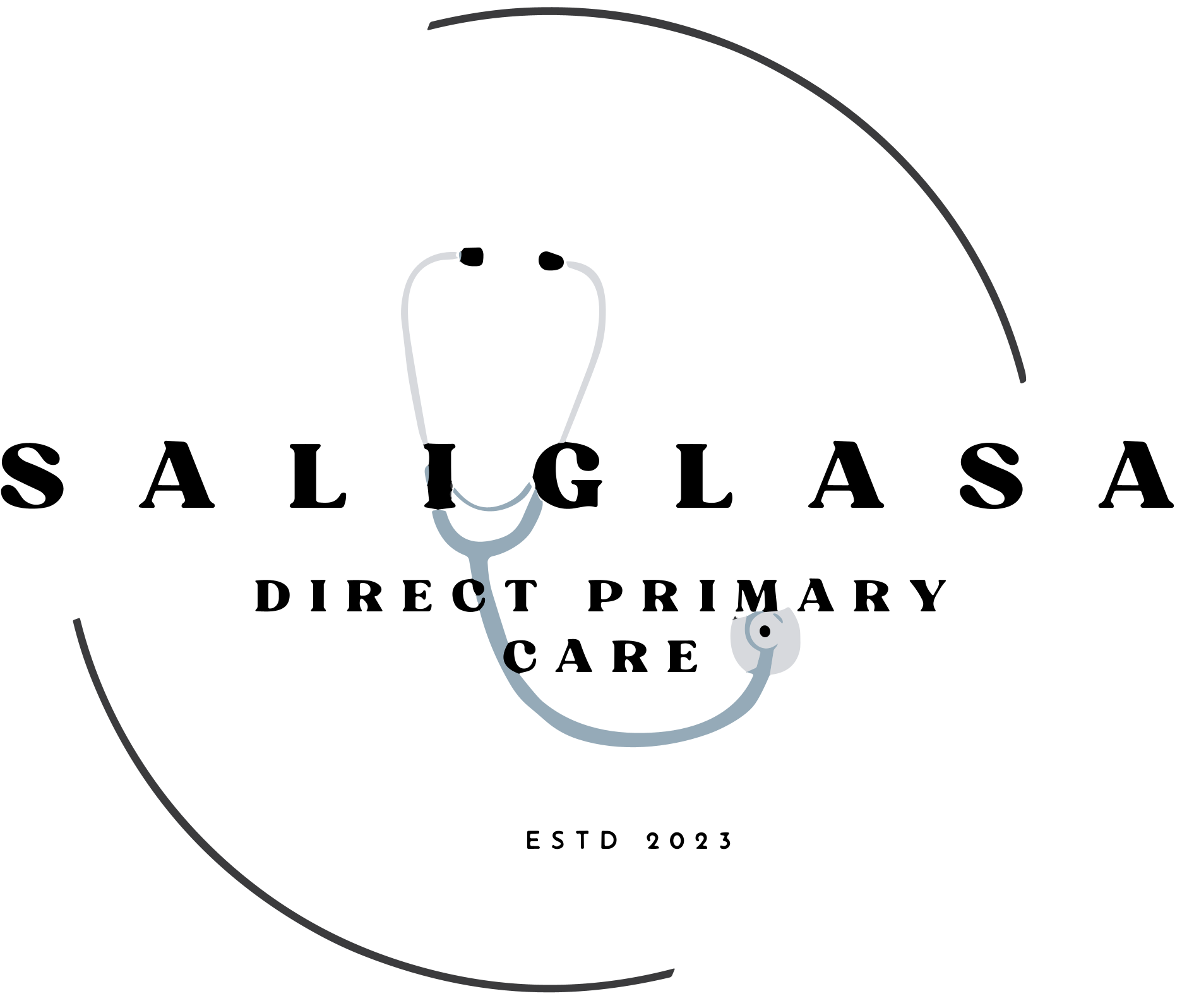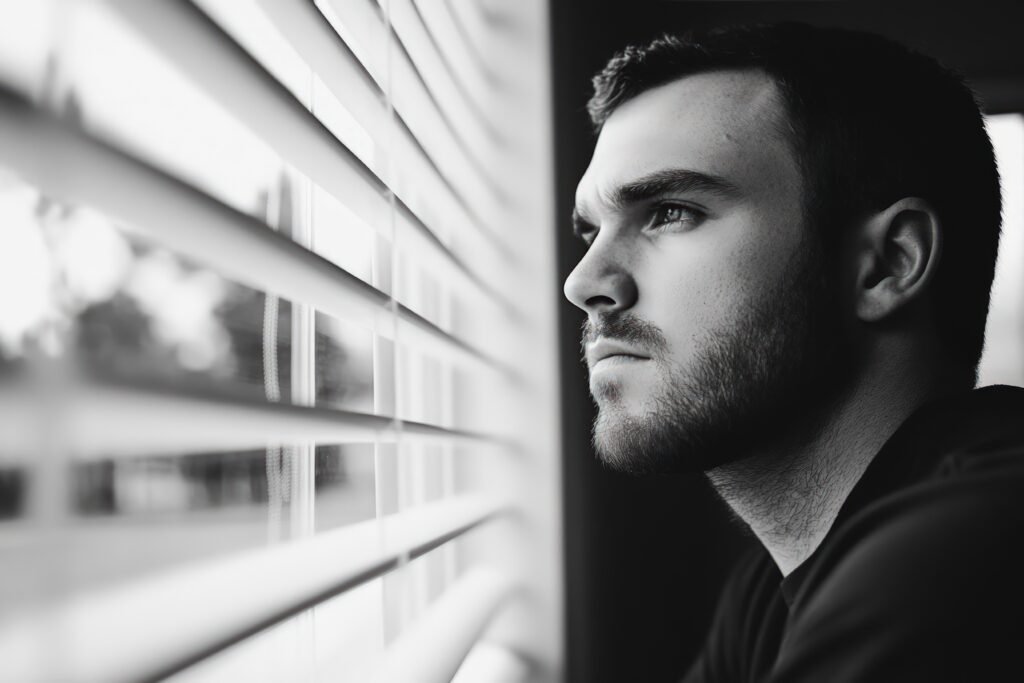Mental health disorders are on the rise, both in the United States and globally. This trend has been especially pronounced since the COVID-19 pandemic and is particularly evident among younger populations, including adolescents and young adults. One of the key factors linked to the growing prevalence of mental health disorders is social media use. A growing body of evidence shows a positive association between social media use and mental health issues such as depression and anxiety, particularly among adolescents and young adults.
Several factors contribute to this relationship including sleep disturbances caused by late-night scrolling or screen time, social comparison, where users constantly measure themselves against idealized portrayals of others and feedback-seeking behaviors, such as obsession with likes, shares, and comments, which can affect self-worth.
Additionally, negative aspects of social media—such as exposure to harmful or distressing content, cyberbullying, and the displacement of face-to-face interactions—can further worsen mental health outcomes.
Epidemiological data show that the United States consistently reports higher prevalence rates of mental health disorders—especially depression, anxiety, and substance use—than other industrialized nations. In some surveys, these rates exceed 25% of the population. That is up to 1 in 4 Americans suffer from some form of mental health disorder.
Unfortunately, there is also higher use of emergency room (ER) services for mental health crises in the US compared to other nations. This pattern reflects not just higher incidence, but also inadequate access to outpatient and community-based care for mental health issues.
The lack of community cohesion and support networks compounds feelings of isolation and helplessness in our modern society but there are also other structural and systemic factors that contribute to this troubling picture. Some of these factors include poor social safety nets, shortage of mental health professionals and insurance barriers. Income inequality and social instability make mental health resources less accessible for vulnerable populations thus trapping many in the poverty-illness cycle that destroy generations of livelihoods.
We may not have the tools or the political will to address some of the larger socio-economic causes of the rise in mental health disorders but we each can make a change in our lives and in those we love by moderating our social media use. Evidence suggests that limiting screen time, particularly on platforms that encourage comparison and validation-seeking, can help mitigate some mental health risks. Cognitive Behavioral Therapy (CBT), a well-supported, evidence-based treatment for anxiety and depression can help individuals to reframe negative thought patterns.Promoting self-compassion and encouraging individuals to treat themselves with kindness, rather than judgment, can buffer against the negative psychological effects of social media and all that troubles us about the world we live in.
Give yourself a challenge to abstain from social media use for one week and use that time, to meet with one or two people for a face to face visit or for a phone call- and ask them how they are doing.

